The 66°F Heating Standard Is Out: HVAC Pro Reveals the Optimal, Planet-Friendly Temperature Setting for Your Home
It’ll save you money in the long run and provide 24/7 comfort
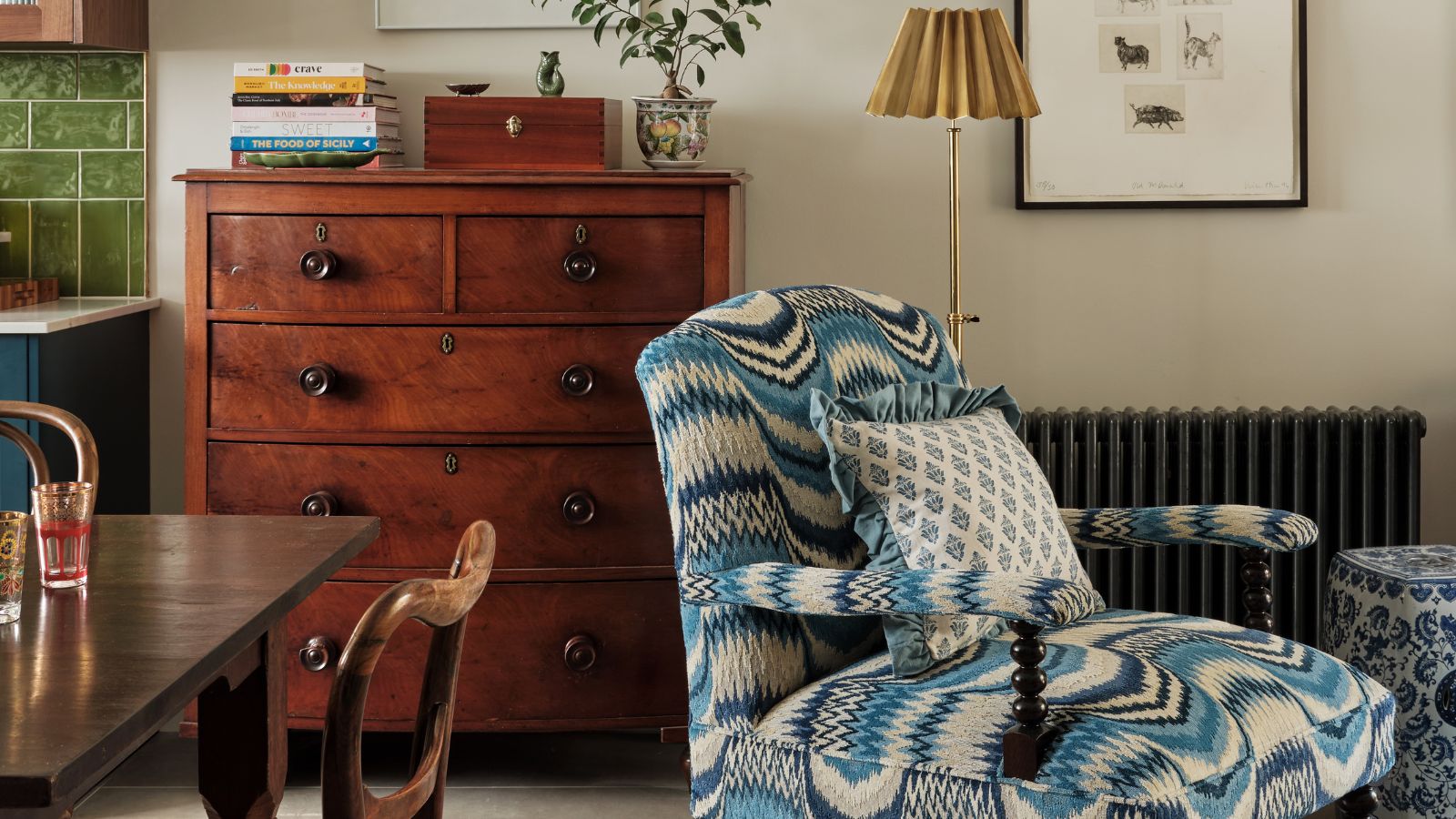

For many years, the expert advice has been to keep your home at 66°F (19°C) but the trouble is that nowadays, many modern homes are not built for that.
It’s a number that’s been repeated from decades-old advice focused on energy savings, our HVAC pro reveals. And in 2025, it no longer holds up when you consider how modern housing and construction materials behave, how we use our home, and how HVAC systems are sized and controlled.
Instead, our pro advises bumping your thermostat to 68–70°F in winter (20–21°C), to keep your house warm all day, your bills as reasonable as possible, and your wellbeing and building structures in good health.
Why Keeping Your Home at 66°F Is No Good Anymore
Josh Mitchell, HVAC technician and founder of Air Conditioner Lab explains, ‘When indoor temperatures stay around 66°F, wall and ceiling surfaces can drop below 60°F (16°C), especially in homes with poor airflow or cold exterior walls. Once the surface temperature reaches the dew point and humidity is above 55 percent, condensation will form.'
Our pro says he has seen mold start behind wardrobes, in basements, and even in upstairs corners where the insulation was compressed in homes that are underheated.
'In one job, the interior drywall surface measured 58°F (14.5°C) with 58% humidity,' Josh says. 'That's all it takes. The home was less than 10 years old with fiberglass batt insulation rated R-13. No obvious leaks, no flooding, just low indoor temps and stale air.’
That silent and hidden risk of mold growth, despite there being no issues with leaks, is what experts are now warning homeowners to avoid by raising the thermostat dial a touch to the new safe heating zone.
Design expertise in your inbox – from inspiring decorating ideas and beautiful celebrity homes to practical gardening advice and shopping round-ups.
Josh adds, ‘Bumping the thermostat to 68–70°F (20-21°C) helps keep interior surfaces warmer and drier. That lowers the risk of mold and reduces thermal stress on walls. HVAC systems also run smoothly. At 70°F, your return air stays warm enough to prevent short cycles, especially on multi-stage furnaces and variable-speed air handlers.
'That matters because short cycling causes the system to stop before the heat exchanger has fully dried out, which leads to rusting and flue gas condensation over time.’
All of that to say, if your thermostat is set too low, you could damage your HVAC system, creating costly bills down the line.
It also helps maintain your health more easily at 68-70°F, as low indoor temperatures slow the function of the cilia in your nose and lungs, reducing your body's ability to filter viruses and bacteria.
Various studies in Europe, including a Cold Homes Public Health Review in Wales, UK, have found that homes under 64°F meant raised health risks for its occupants, whilst the Marmot Review on fuel poverty found low home temperatures triple the risk of respiratory illness in winter, especially in vulnerable age groups such as babies and the elderly.
The Exceptions
There are some exceptions, however, as Josh details, ‘Homes with closed-cell spray foam in walls and attic spaces can maintain a stable 66°F, with fewer problems, because the insulation reduces temperature swings and air leakage.
'The same goes for homes that have triple-pane low-E windows, since those surfaces don't radiate as much cold back into the room. But if the house still has R-11 fiberglass batts, or older aluminum single-pane windows, or a vented crawl space, I would never set it below 70°F (21°C) in the winter.’
Energy Costs vs Risk

Nest Smart Thermostats, pictured, can help regulate temperature in your home without you lifting a finger. It's currently on sale on Amazon for Black Friday.
Whilst keeping a cooler home may save on heating costs (for every degree Celsius you lower the thermostat, it saves roughly three to five percent on energy), the other risks can end up being more costly.
Josh Mitchell, HVAC pro, adds, ‘I've seen homes rack up more in drywall and paint repair after mold than what they saved on gas or electricity, not to mention the cost of cleaning ductwork after the spores spread through the system.’
To check your home’s humidity and surface temperatures, use a basic IR thermometer and a digital hygrometer, both available affordably at Amazon.
Josh advises that if your walls are below 60°F and the humidity is above 55 percent, your home will be prone to dampness, mold, and health risks. ‘You'll need to raise the temperature or reduce the humidity, or use better ventilation or a good dehumidifier, he says.
What to Shop
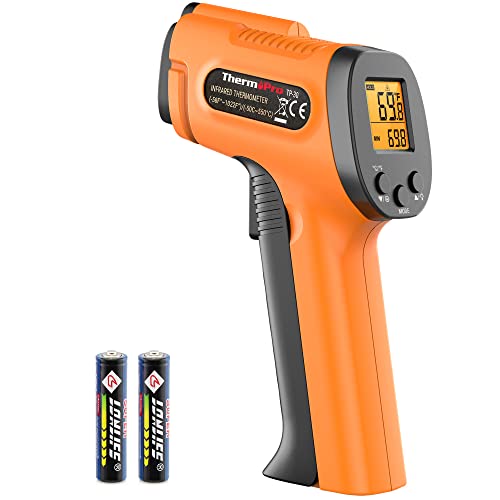
Point and shoot to instantly get the temperature of your surfaces. As HVAC pro Josh Mitchell explained earlier, if your interior walls are below 60°F, you're running the risk of mold and other costly problems.
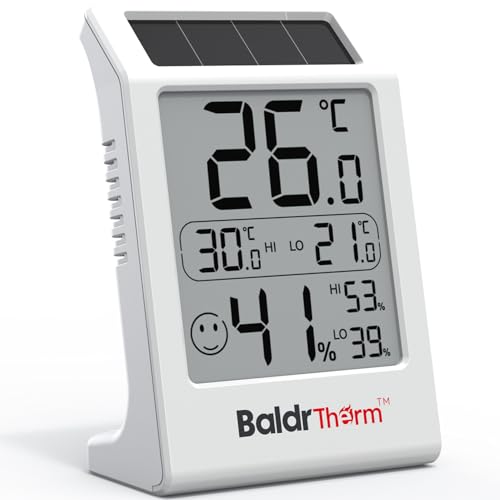
Keep an eye on your indoor temperature and the humidity of your home. Aim to stay in the 30-50% humidity range to avoid mold, respiratory problems and dry throats.

I use it in my home and love it. It has auto-shut off for safety, six heat settings, and timer options. Zone heating yourself means reduced energy costs and reduces winter aches and pains.
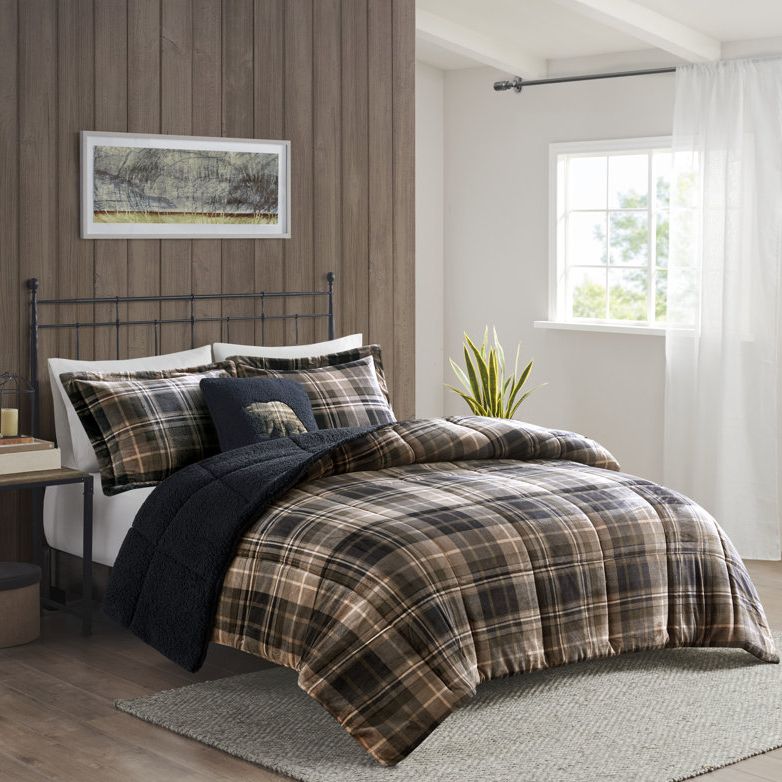
Sleep testing expert at Homes & Gardens, Ottilie Blackhall says, 'During winter, I swear by warm, fleecy bedding to keep cozy all night long, without having to crank up the heat and drive up my energy bills. This set is perfect for that – filled with a hypoallergenic down alternative filler to trap heat, and quilting for a plush and luxurious feel. It's handily machine washable, too, and available in 11 colors, but the brown and black plaid pattern, pictured, is my favorite.'
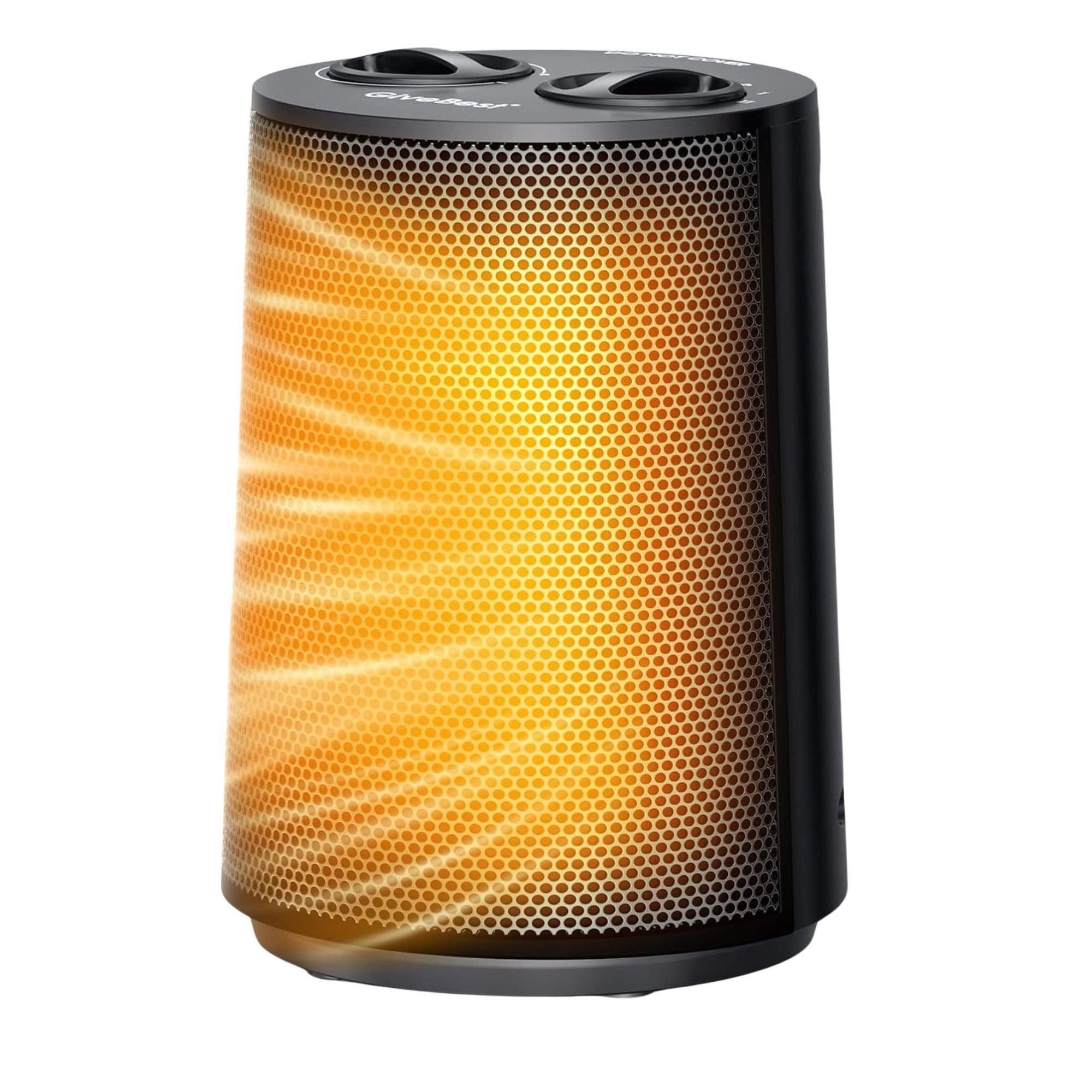
A small portable heater like this, which is available in four colors and comes with built-in safety features including auto-shut off and anti-tipping design, can transform how comfortable you are without running up enormous bills. These are economical to run.
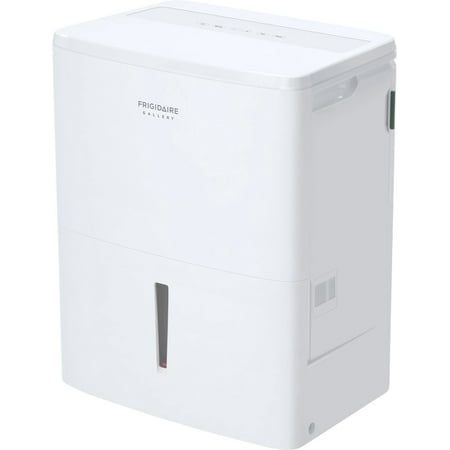
Home Tech Editor and testing pro Dan Fauzi says, 'This is the smaller version of the Frigidaire dehumidifier we reviewed and loved. It has Wi-Fi connectivity and can alert you when it's time to empty the tank. It also comes with an allergy-reducing air filter.'
It’s also important to note that if your HVAC system was sized for a 70°F target temperature, dropping it to 66°F means longer runtimes and wider comfort swings between rooms.
That's when you might encounter hot and cold spots in your home and have to pump up the heat with electric blankets and portable heaters.

Punteha was editor of Real Homes before joining Homes and Gardens as Head of Solved. She has written and edited wellbeing, lifestyle, and consumer pieces for the national press for 17 years, working across print and digital newspapers and magazines. She’s a Sunday Times bestselling ghostwriter, former BBC Good Food columnist and founding editor of independent magazine, lacunavoices.com. Punteha loves keeping her home clean, has tested and reviewed the latest robot vacuums and video doorbells, enjoys cooking, DIY, decluttering and spending weekends personalizing and organizing her newly-built home, tackling everything from plumbing to tiling and weatherproofing, to home fragrancing and cleaning with luxurious smelling homemade solutions.
You must confirm your public display name before commenting
Please logout and then login again, you will then be prompted to enter your display name.